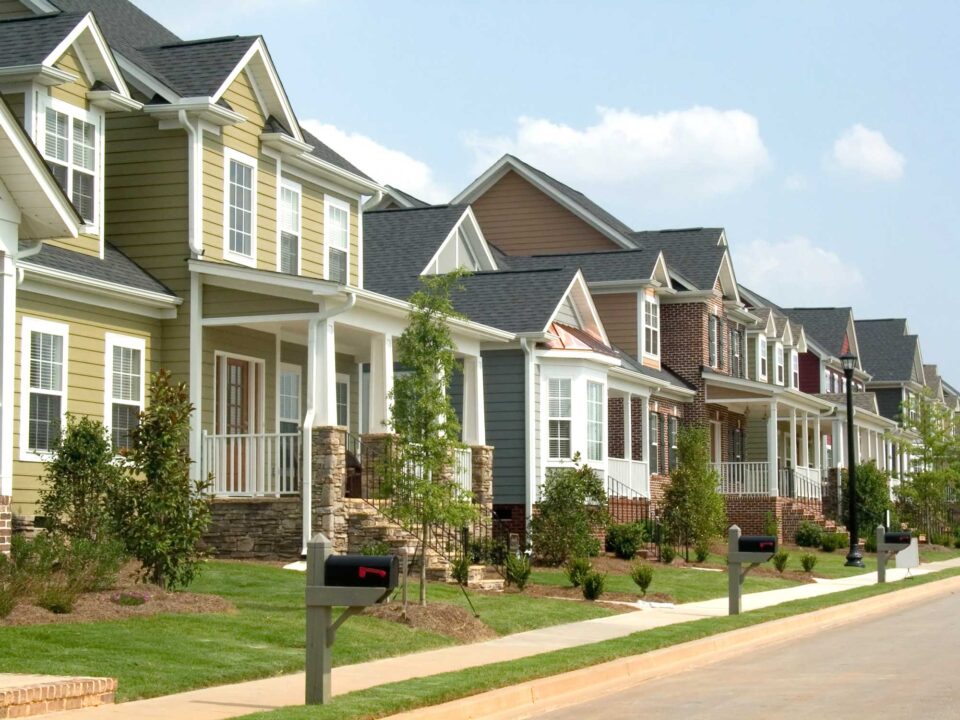
Home Sales Are Heating Up Ahead of Spring Buying Season
February 27, 2024
NAR Responds to President Joe Biden’s Remarks on Lowering Housing Costs for American Families
March 21, 2024Bellevue Unveils Bold Growth Strategy for 152,000 Additional Homes
By Stephen Fesler
February 9, 2024
To many, Bellevue is seen as a polished edge city with a car-friendly downtown surrounded for miles by quiet neighborhoods of well-to-do mid-century single-family homes. But last week, the city put out its preferred growth strategy for the next 20 years that could dramatically alter that perception, at least in part. That strategy would provide capacity for an extra 152,000 homes and 185,000 jobs, for a grand total of 216,000 homes and 323,000 jobs when accounting for existing capacity.
Bellevue’s growth strategy would seek to expand the urban core east of I-405 into Wilburton and the medical district, largely following the path of light rail, which is set to commence service this spring with the Eastside Starter Line. Other existing commercial and multifamily nodes dotting the city could also see substantial zoning changes allowing for more housing and commercial activity. Layered on top of this, Bellevue would meet state mandates to allow middle housing and accessory dwelling units broadly in the city, including in the city’s expansive single-family residential zones.
Bellevue could become a metropolis in its own right
It’s this multi-pronged strategy that could see the city, in time, bring in another 351,000 residents. That’s quite a change for a city that was only allocated 70,000 new homes between 2019 and 2044 under countywide growth target allocations in 2021, translating to about 162,000 new residents.
Bellevue’s currently home to about 154,600 residents, according to state estimates, which suggests that if the city were completely built out under the preferred growth strategy, Bellevue might top 500,000 residents. That, however, is an unlikely scenario in the 20-year planning time horizon for several reasons. See More
More great articles to read below:





